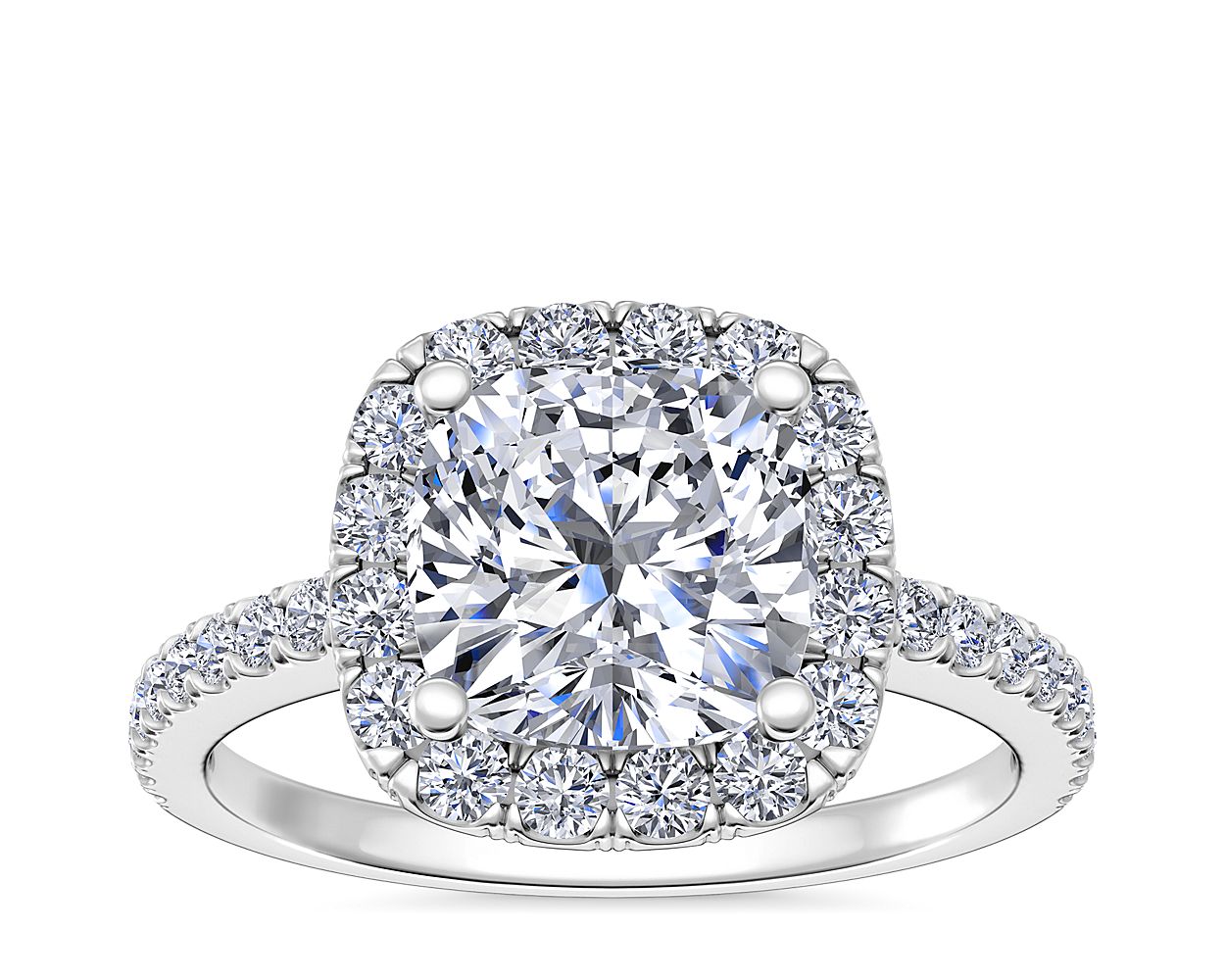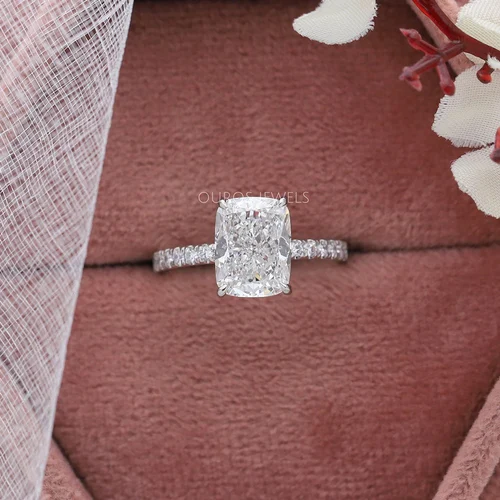Cushion Cut Engagement Ring
etBri Team

With its conventional glory that will never go out of the ark, the cushion shape is likely to become a beloved family heirloom. New diamond shapes and cutting styles loomed as a result of technological developments in the diamond industry in the late 18th and early 19th centuries.

Traditional diamond cuts, such as the rose cut and the old mine cut, were the yardsticks before this time and did not provide the same level of flame and flare as modern diamond shapes. Although its explicit beginnings are ambiguous, the cushion cut was snappy in the Victorian and Edwardian periods, especially among the nobility and royal brood. Arts, literature, and fashion all saw a resurgence during the Edwardian era, which was characterized by increased wealth and cultural refinement. The jewelry design of this time was also defined by a return to the traditional ideals of artisanal beauty and scrupulous attention to detail. Symbolizing loyalty, status, and refinement, the cushion-cut engagement ring was a popular choice among Edwardian brides.

Cushion-cut diamonds had an irresistible appeal with their various facet configurations and subtle asymmetry when they were hand-cut by experienced craftspeople using conventional techniques. There is an endless amount of personalization possible with this form because it works so well with so many different settings, from elementary halo designs to elaborate solitaires. Cushion cuts were polished to increase brilliance and symmetry while retaining their historical beauty as diamond-cutting technology continued to evolve. New-fangled cushion-cut diamonds are adroitly faceted with precision cutting tools to achieve ideal proportions and symmetry, which gives them their powerful radiance and glare.